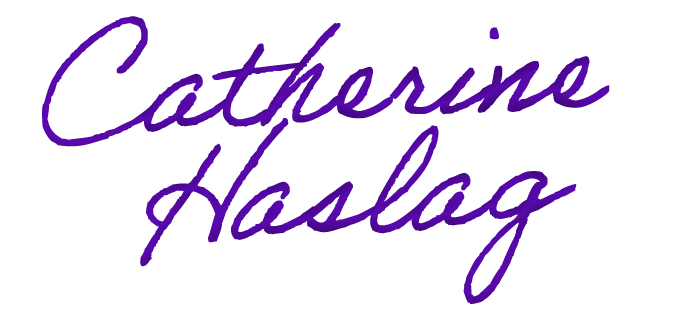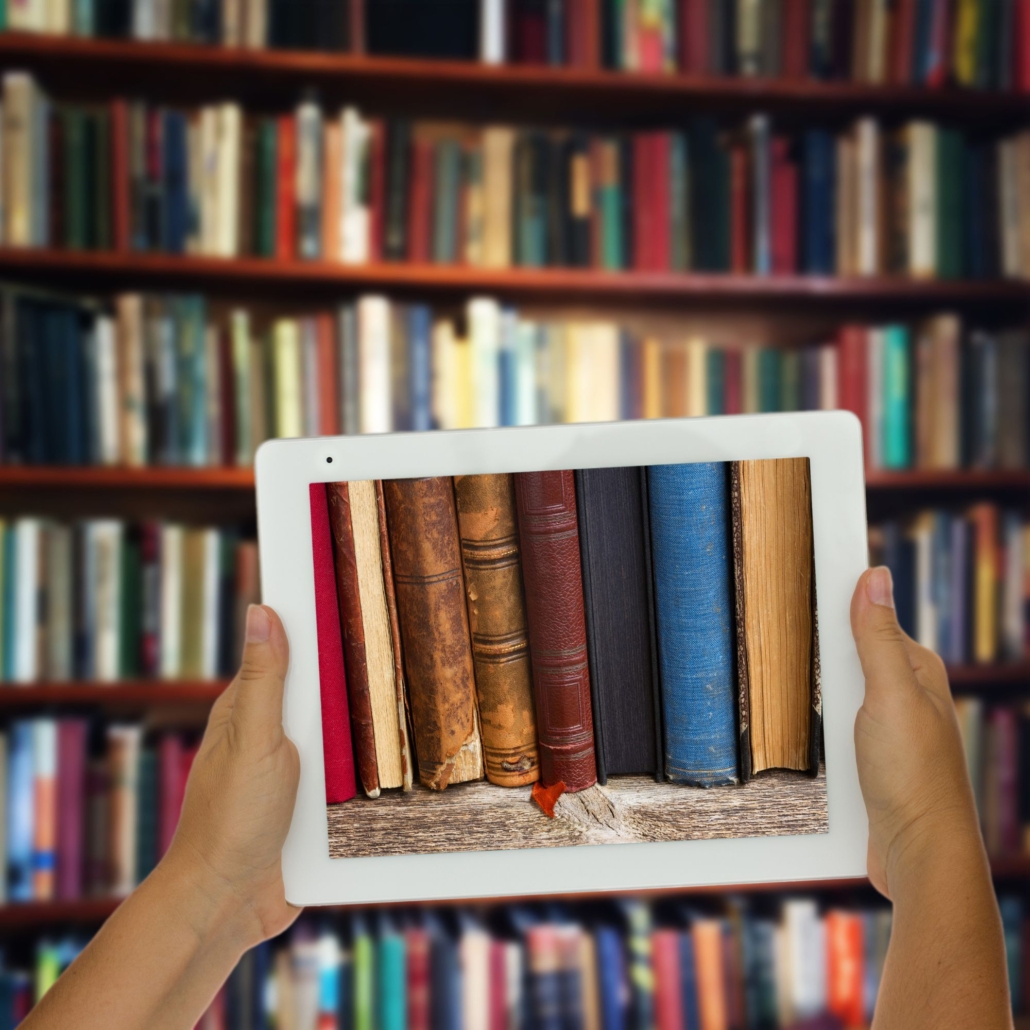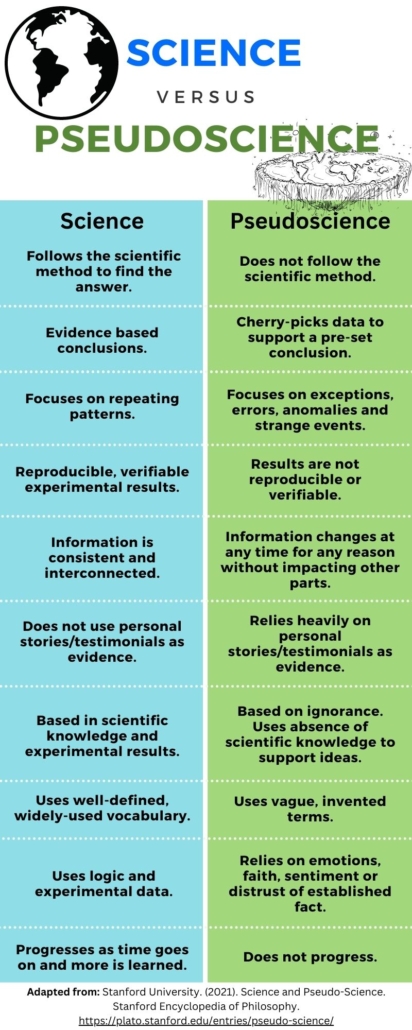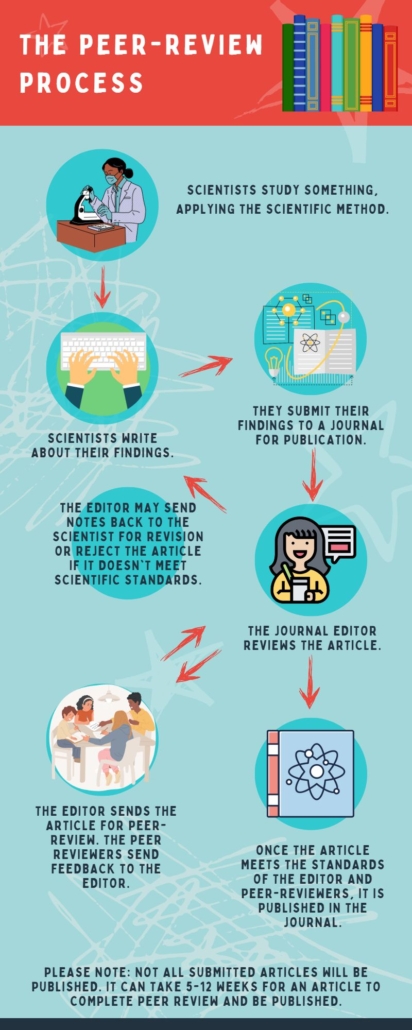Reliable Sources and How to Read a Scientific Article
Objectives
- Distinguish between science and pseudoscience.
- Determine if a source is reliable.
- Explain the peer-review process.
- Evaluate a source for bias.
- Read scientific journal articles.
Introduction
Science is the systematic process by which we learn about the world. Scientists are basically professional students and explorers. They are constantly investigating the world around us to learn more about the how and why it works as it does.
When you first started learning something, did you instantly know everything about it? At your first piano lesson, were you able to play Ragtime by Scott Joplin? In the first day of Spanish, were you able to speak and read fluently to your classmates and teacher? When you first got behind the wheel of a car, where you able to brake without jerking, shift smoothly, and merge on and off the interstate without concern?
The answer to all of these questions is no. You needed time to learn the keys and the notes on the piano, to learn vocabulary and how to conjugate verbs, and how to coordinate your hand, eye and foot to maneuver the car and navigate traffic smoothly.
This is what scientists do daily. They learn, share the knowledge they have obtained, and continue to study to learn more. They work with what they know, understanding that tomorrow, they will know more, which may change their working hypotheses/theories about a concept. Scientists are on the frontier of what we know. This is the difference between a scientist and a Spanish teacher – the teacher already knows the vocabulary and how to conjugate the verbs. When they teach their classes, they are regurgitating what they already know. Scientists are not only speaking the language but also expanding the vocabulary and trying to teach others what they know as they learn it. They are on the edge of knowledge.
Most of the science we learn in school and see in the world around us is tried and true. It’s already gone through the process of rigorous testing and investigation. We didn’t witness the learning, changing, and uncertainty that went along with that process.
Coronavirus (aka COVID-19 and SARS-CoV-2) is a topic on the edge of the science we know. It is still being studied and we learn new things about it daily. This is why the information changes so quickly. It’s not that science doesn’t know what it’s doing but that it is constantly learning new details, getting a better picture of Coronavirus, and adjusting hypotheses and theories as it goes. Humans just aren’t used to this rapid change in information and behavior. We like certainty and don’t have all the information yet about coronavirus; however, we learn more daily.
There is a LOT of information available on the coronavirus; some of this information is correct and reliable, while other information is incorrect, unreliable, and spreads dangerous misinformation about the coronavirus, how it is spread, and how to protect yourself and others. It is important to be able to determine true science from pseudoscience, fact from fiction, and reliable sources from unreliable ones.
In this lesson, we will learn what makes a study scientific, the difference between science and pseudoscience, how to identify bias and read a scientific journal article, and how to determine if a source is credible. I have included some links to resources in the introduction for this activity. I highly recommend you access these outside sources to understand better the concepts discussed in this activity. We will use the knowledge and skills we develop in this activity in other projects and assignments in this course.
First, it’s important that we understand the difference between science and pseudoscience.
Science vs Pseudoscience
Science is the systematic process by which we learn about the world. The system that scientists use to study the world is the scientific method. The goal is to examine a hypothesis. The results of an experiment determine if a hypothesis is confirmed or rejected. A scientist will work to design a good experiment that tests their hypothesis without bias or preference regarding the experimental results. Science peruses facts, truth, and reproducible results. Science starts with a question and works towards the true answer. It involves multiple experts to review the data, repeat the experiments, and determine if the data is valid before publication. Science is not conducted in a bubble and can be examined by any other expert.
Pseudoscience searches for a predefined answer. This may start with a hypothesis; however, only data that supports the hypothesis will be considered. Any evidence against the hypothesis is ignored or hidden. Sometimes, pseudoscience starts with an outcome and works backwards to create the hypothesis. This is the scientific method in reverse and not a valid use of the scientific method. Pseudoscience does not involve the search for truth but rather proving an agenda using whatever possible. Data is not reproducible, peer-reviewed, or necessarily true. Research is not open for the scientific community to evaluate before publication. Often these reviews are conducted in a small bubble of like-minded people, if a data review is conducted at all. Figure 1.0 outlines specific differences between science and pseudoscience.
Figure 2.0 (below) discusses ways to identify bad science.
Figure 1.0 – The difference between science and pseudoscience.
Type of Sources
Many different types of sources are available, including scholarly articles, videos, popular magazines (Cosmo, Men’s Health, The New Yorker, etc), websites, and newspapers. These sources can be categorized as primary, secondary, and tertiary sources. It’s important to know the benefits and drawbacks to these different types of sources and how to identify them. Figure 3.0 summarizes these three categories of sources, their pros and cons, and how they are useful when conducting research.
Figure 3.0 – Primary, Secondary, and Tertiary Sources Information.
Figure 4.0 – The peer review process.
Determining if a Source is Credible
It is essential that we obtain information from reliable sources when researching a topic. Sources should meet the guidelines for identifying trusted sources. , which helps determine if a source is trustworthy and reliable. A reliable source can be peer-reviewed, meaning that experts in the field have reviewed the article to ensure the information it communicates is accurate and worth publishing. Peer-reviewed sources are most commonly found in academic journals such as The New England Journal of Medicine, Science Magazine, and The Journal of the American Chemical Society. Figure 4.0 provides a summary of the peer-review process.
For additional information about determining if online information is reliable, please check out the entire Crash Course series on Navigating Digital Information. They provide a very comprehensive look at how to evaluate sources. The Indiana University Library also offers excellent information on completing a research project and evaluating sources for reliability. The videos provided below also provide more information on how to evaluate sources and determine if they are credible.
Figure 5.0 (above) provides additional criteria to consider when determining if a source is credible.
Figure 6.0 (below) discusses evaluating sources and identifying bias, outlines some types of sources, and defines terms you hear about sources.
Bias and Uncertainty
Bias refers to something being off-center, unbalanced, leaning to one side or another, or favoring one perspective over another. The bias we hear most about today is Media Bias, the leaning of a news media source towards one political party or another. Since much science is communicated to the general public via news media, it is important to be aware of this and account for it when reading newspapers, listening to podcasts, and watching news videos on the TV or the internet. Figure 7.0 will help you assess Media Bias when determining if a source is credible and reliable.
In the scientific literature, bias refers to influences that may impact the conclusion of research findings. This can include systematic error, flaws in the study design, deviation in the interpreted outcome of a study because of flawed data, etc. This is a bias that does not come from a sense of prejudice, unlike Media Bias. Other biases come into play regarding research publication. Proper equipment calibration, conducting multiple trials, peer review, using controls, and conducting double-blind studies are designed to reduce the chance of bias, but it can still happen. This is why it is important always to be critical of what we read to ensure it makes logical sense.
“Uncertainty is the quantitative estimation of error present in data; all measurements contain some uncertainty generated through systematic error and/or random error.” (Carpi 2021) This doesn’t mean that scientists are not certain of their data, rather it specifies the degree to which they are confident in their data. The lower the uncertainty, the higher the confidence. There is uncertainty in everything we do, scientific or not. Scientists choose to recognize and measure this to add validity to their data meaning. Ways to acknowledge and correct for uncertainty in scientific research is discussing errors encountered during the experiment, minimizing systematic or random errors, completing a statistical analaysis of the data (mode, median, mean, range, standard deviation, etc.), utlizing significant figures when taking measurments and completing calculations, etc.
Figure 7.0 (above) is the Media Bias Chart created by AdFontes Media. To access an interactive map of this information, visit the AdFontes Media webpage. Image obtained from https://adfontesmedia.com/ and used following their copyright and usage guidelines for educational purposes.
Figure 8.0 (below) demonstrates how to interpret and utilize the Media Bias Chart.
A Note About Websites…
You cannot determine the reliability of a website based on its address. Anyone can purchase a URL. Typically, addresses ending in .edu are reserved for educational institutions such as colleges, universities, and research institutions. Websites ending in .gov are governmental websites. Non-profit organizations generally use the .org URL; however, anyone can purchase a .org website. No one needs to prove they are a non-profit to purchase a .org URL. I owned a .org website for 5 years and could post anything I wanted to that website. No one was checking to see if the information I shared was correct.
You need to dig deeper to determine if a website is reliable. John Hopkins University is a top-level research institution with a well-respected reputation. Their faculty are widely published in peer-reviewed journals. For these reasons and not because of the .edu URL, information provided on their website is more likely to be reliable. Even if a source comes from John Hopkins’ website, it’s important to look at multiple data points (the mission of the organization, purpose of the research, author credentials, how the research was conducted, tone of the article, etc) before determining if the source is reliable. Anyone can post anything, true or not, on the internet. It is your job to apply critical thinking skills to determine if the information is trustworthy or not.
Bottom line – the website URL is never a reason to decide a website is reliable. Always dig deeper and look at the source critically from multiple perspectives to determine if it’s reliable.
Figure 9.0 (above) provides a summary of scientific reports.
Figure 10.0 (below) discusses how to read a journal article.
Understanding Scientific Journal Articles
Scientific journals allow scientists to share the information learned during their research. These publications are a record of scientific progress. The papers published in these journals are typically peer-reviewed and follow a set format. Figures 9.0 and 10.0 discuss how scientific journals are organized and how to read them.
Even if you aren’t pursuing a degree or career in science, it is important to understand how these articles are written and organized. Other areas of study, such as business, psychology, history, and law, also publish peer-reviewed journals. To stay informed in your area, you need to know how to read and interpret the information published by other professionals in your field.
Below are other resources to help you read and understand scientific publications. You will need to find and use academic sources on assignments later in this course.
- Read the article provided on Brightspace titled Ten simple rules for reading a scientific paper.
- Read the article titled Understanding Scientific Journals and Articles (click link to access article).
- Read the article titled Utilizing the Scientific Literature (click link to access article).
Resources for Finding Journal Articles
There are many resources for finding peer-reviewed scientific articles. Below are a few that are free for you to access.
Your Local Public or College/University Library
Riverland has a database of journal articles that can be found at https://www.riverland.edu/student-services/library/. Additional information on how to use the library resources offered by Riverland can be found at https://www.riverland.edu/student-services/library/library-video-guides/.
Google Scholar
Google Scholar is a free database of journal articles and other resources provided by Google. Some of these articles are peer reviewed, others are not, so you need to verify this more carefully with Google Scholar. Additionally, the full text is not always availble for each document. To access Google Scholar, go to https://scholar.google.com/.
PLOS
PLOS is a free, open-source, peer reviewed scientific journal started in 2001. They provide many publications across all areas of science and medicine. PLOS publications can be accessed at www.plos.org.
Directory of Open Access Journals (DOAJ)
The DOAJ is a community-curated online journal and article database that provides high-quality, peer-reviewed journals in 80 languages. DOAJ can be accessed at https://doaj.org/.
Searching specific journal websites
You can also search specific scientific journals for articles. A few are specifically listed at the top of the A-Z full-text database offered through the Riverland Library (see Figure 3.0).
A few other specific scientific journals can be found at the following websites:
Fact-Checking
Good critical thinking skills are a valuable tool when evaluating a source to determine if it’s reliable. When something doesn’t sound right, fact-check the information to determine if it’s true or a lie. Below are some resources to help you fact-check information to determine if it’s true.
- Factcheck.org – checks current events, politics, and science information to determine its reliability.
- PolitiFact – Provides information on tweets, quotes, and other statements using a truth-o-meter that includes a “pants on fire” rating.
- Snopes – fact-checks news and rumors to determine their truth.
Resources for Properly Citing Sources
It is important to properly cite your sources so those who read your work know where you obtained your information. You will be required to cite your sources on assignments in this course. Below are some websites that can help you cite sources in MLA or APA formats. Figure 11.0 provides more information on why it’s important to cite your sources.
- The University of Auckland provides information on plagiarism and guides on citing in APA, MLA, Chicago, and other formats.
- OWL Purdue (Purdue Online Writing Lab) provides information on general writing, research and citation, plagiarism, and job search writing.
- Mavscholar – MSU-Mankato is a searchable library database that will provide source citations in APA, MLA, Chicago and other formats.
- Scribblr provides additional information on identifying a credible source, assistance on proofreading and editing, a plagiarism checker, and other resources to help you ensure you don’t plagiarize assignments and present your best work.
Figure 11.0 Why it’s important to cite your sources.
References
Ad Fonts Media. (2021). https://www.adfontesmedia.com/
Biology Online. (2021). Bias. Biology Online. https://www.biologyonline.com/dictionary/bias
Carpi, A, Egger, A. Uncertainty, Error, and Confidence. Visionlearning Vol. POS-1 (3), 2008. Accessed at https://www.visionlearning.com/en/library/Process-of-Science/49/Uncertainty-Error-and-Confidence/157
Carpi, A, Egger, A, Kuldell, N. Peer Review in Scientific Publishing. Visionlearning Vol. POS-2 (2), 2009. Accessed at https://www.visionlearning.com/en/library/Process-of-Science/49/Peer-Review-in-Scientific-Publishing/159
Carpi, A, Egger, A, Kuldell, N. Understanding Scientific Journals and Articles. Visionlearning Vol. POS-1 (9), 2008. Accessed at https://www.visionlearning.com/en/library/Process-of-Science/49/Understanding-Scientific-Journals-and-Articles/158
Carroll, B. (2014) Science and Psudeoscience. Honors PS1500 Physics in the Plays of Tom Stoppard. https://physics.weber.edu/carroll/honors/pseudoscience.htm
Coker, R. (2001). Distinguishing Science and Pseudoscience. Quackwatch. https://quackwatch.org/related/pseudo/
Education Alberta. (2018). 1.5 Evaluating Resources. Education Alberta. https://openeducationalberta.ca/libraryskills200/chapter/evaluating-resources/
Egger, A, Capri, A. “Utilizing the Scientific Literature” Visionlearning Vol. POS-2 (7), 2009. Accessed at https://www.visionlearning.com/en/library/Process-of-Science/49/Utilizing-the-Scientific-Literature/173
Fuse School. (2020, June 16). Scientific Reports [Video]. YouTube. https://youtu.be/U8vjuVSq3bs?si=CruqCqf4u2SGfJ6P
Grad Coach. (2023, April 6). Primary Sources, Secondary Sources, & Tertiary Sources Explained Simply (With Examples) [Video]. YouTube. https://youtu.be/kwZl6Y58s_s?si=4rkVI9kiPqIoxcxc
IUPUI. (2021). Introduction to Library Research. IUPUI. https://iupui.libguides.com/c.php?g=260416&p=1738857
KU Libraries (2021, March 9). How to read a scientific article [Video]. YouTube. https://youtu.be/R289jvNoUBA?si=9S-Z4VBDVIs2B1Sp
KU Libraries (2020, June 20). Why Cite [Video]. YouTube. https://youtu.be/X_DqfRqa7OU?si=e_fg6gOnqn278rwD
LibNCSU. (2015, June 9). Evaluating Sources for Reliability [Video]. YouTube. https://youtu.be/PLTOVoHbH5c?si=TcfJo3jfm5djeDLa
Stanford University. (2021). Science and Pseudo-Science. Stanford Encyclopedia of Philosophy. https://plato.stanford.edu/entries/pseudo-science/
TedEd (2023, July 25). Science vs Pseudoscience [Video]. YouTube. https://youtu.be/TyuGBi6joxY?si=St1ENHQlQFjKEIrp
University of Georgia. (2021). Finding Reliable Sources. University Library University of Georgia. https://guides.libs.uga.edu/c.php?g=571070&p=3936511
Note to Educators
This lesson was created to teach students in freshman and sophomore-level science classes how to evaluate sources for reliability, find scientific journals, and read journal articles.
This page was published on September 4, 2023 and last updated on August 12, 2024.
©Catherine Haslag 2023. All Rights Reserved.





 ©2023 Catherine Haslag. All rights reserved.
©2023 Catherine Haslag. All rights reserved. © 2023 Catherine Haslag. All rights reserved.
© 2023 Catherine Haslag. All rights reserved.